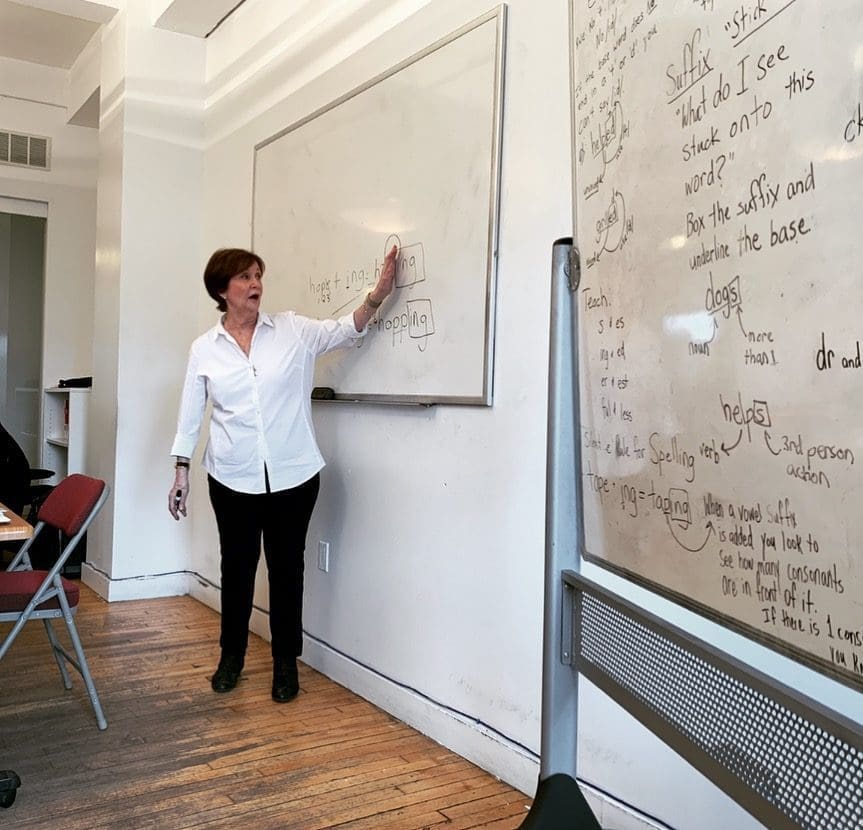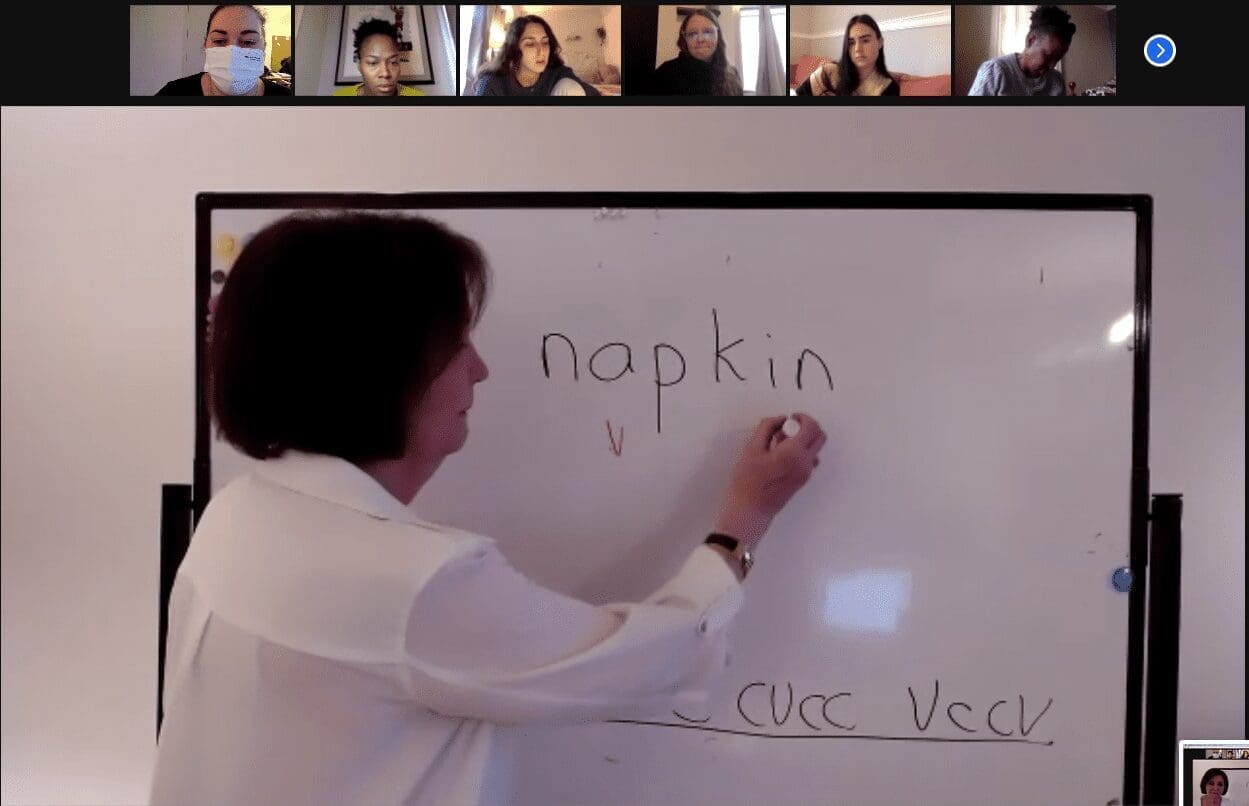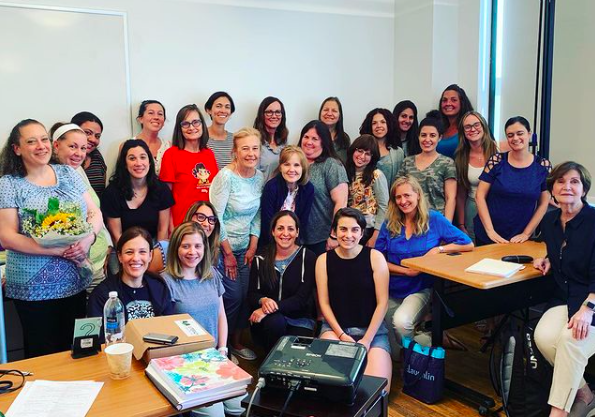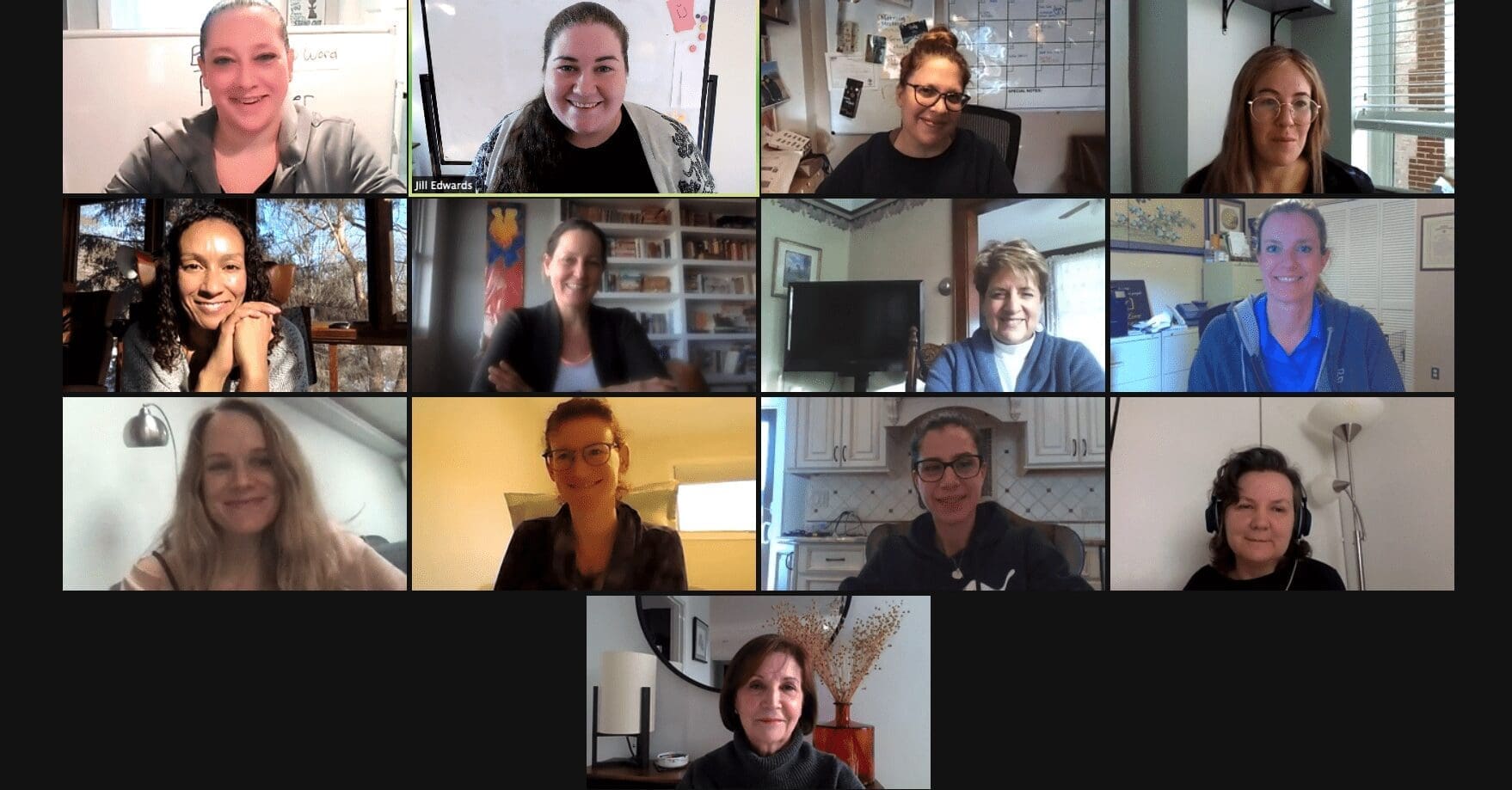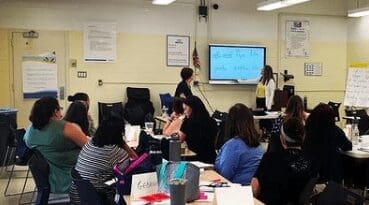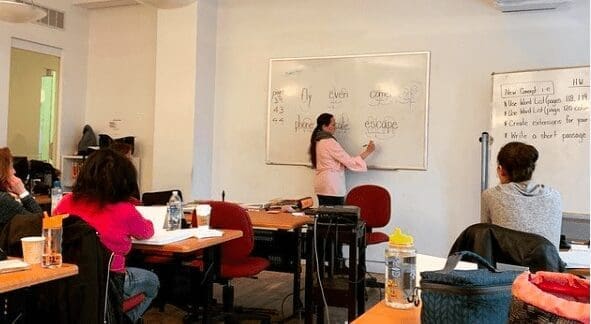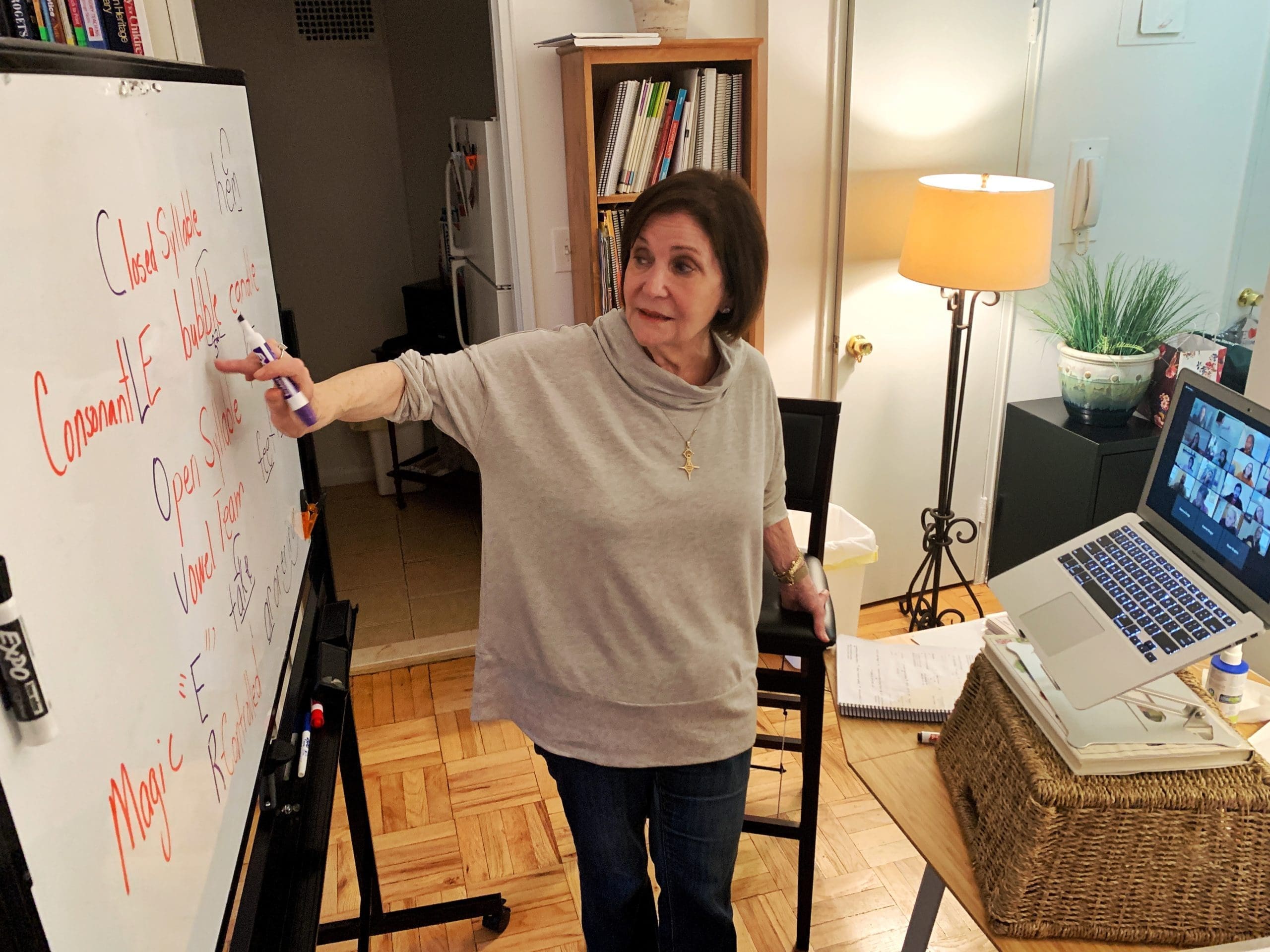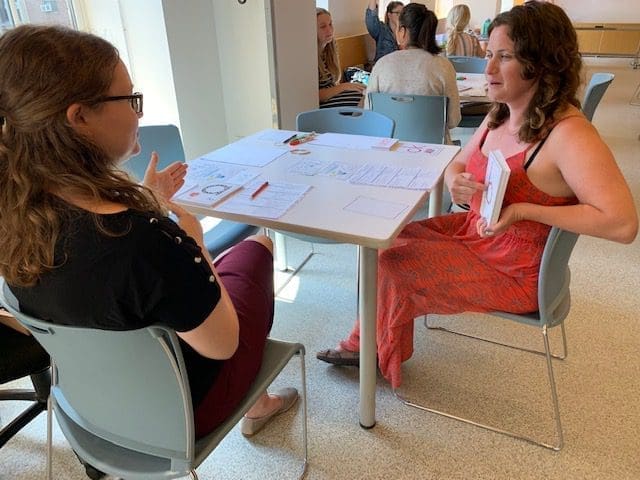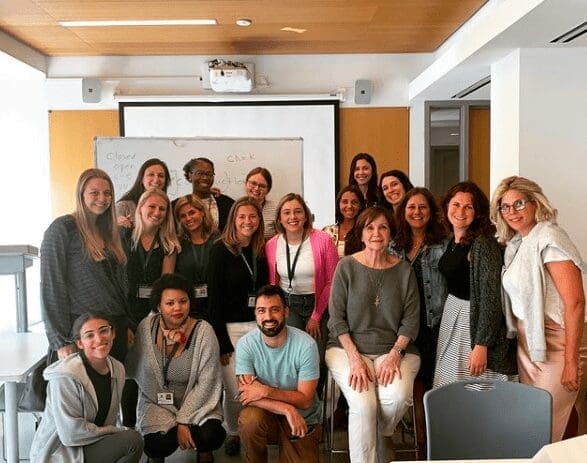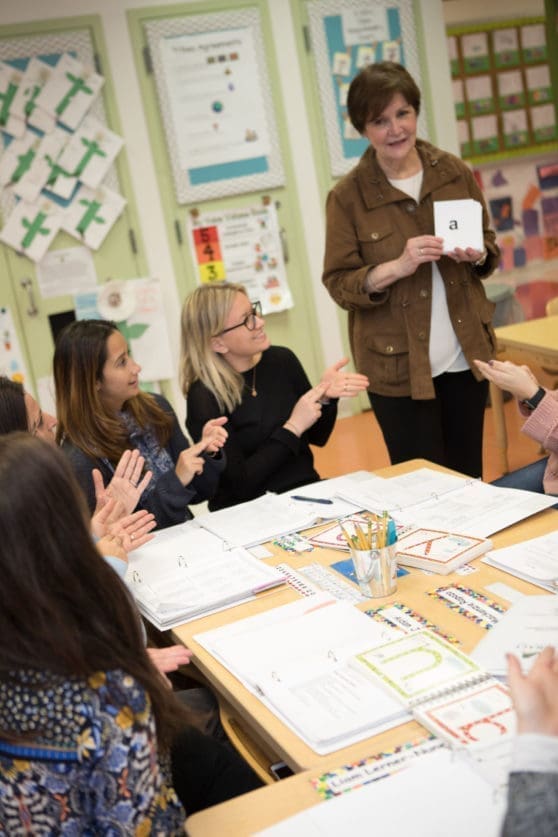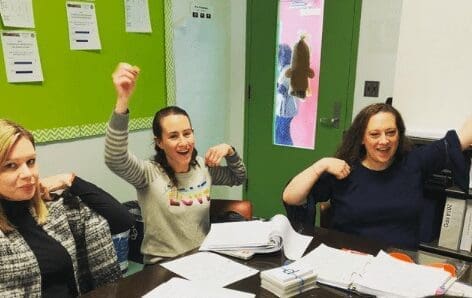The 60-hour Orton-Gillingham training course provides trainees with information that will prepare them to work either 1:1 or in a small group using the Orton-Gillingham Approach.
Trainees will learn the rationale for selecting the Orton-Gillingham Approach for individuals with dyslexia and other language based learning diabilities. They’ll learn about reading acquisition in all learners, including the brain basis of reading, and the essential components of good reading instruction. Trainees will focus on the implementation of the Orton-Gillingham Approach with a student in a 1:1 tutorial setting, as well as work on Orton-Gilligham lesson plans with peers, learning how assessment drives instructional practices.
* Readings and summaries will be given each night in accordance with the AOGPE course standards.
Upon completion of the Edwards-Orton Gillingham 60-hour training course, trainees are:
- Eligible to begin their supervised practicum for certification (additional cost)
- Eligible for certification as an Associate Level (1:1 tutor) by the Academy of Orton-Gillingham Practitioners and Educators — Looking for more information on OGA Certification? Click here
- Eligible for certification as a Dyslexia Interventionist by the International Dyslexia Association
- Eligible for three graduate credits from Adams State University (additional cost)
